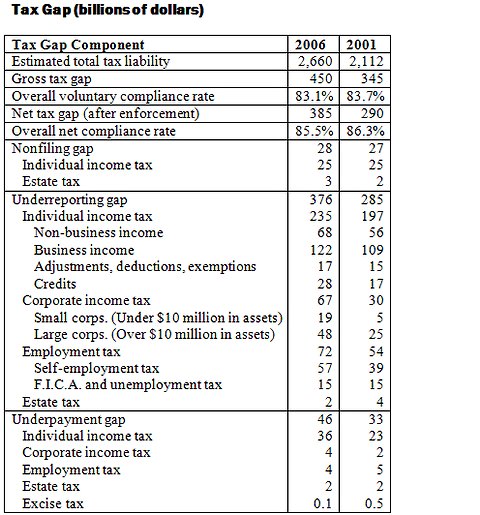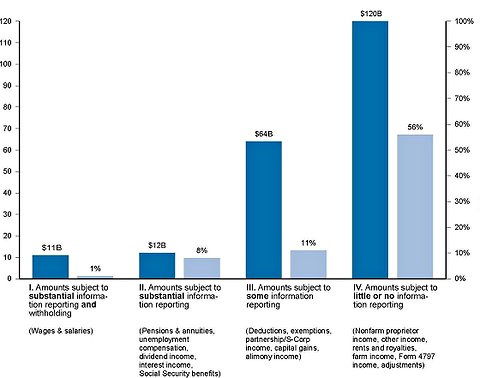The company has been under investigation by the Securities and Exchange Commission (SEC) and the Department of Justice (DOJ) since 2009, mainly over exploration activities that had been terminated and its hospitality at the Beijing Olympic Games.
“As a part of the U.S. process, the SEC and DOJ have recently notified the group of the issues they consider could form the basis of enforcement actions and discussions are continuing,” BHP said in a statement, adding that it could not comment on possible outcomes.
BHP has said previously it believed it had complied with all applicable laws in regards to its Olympics sponsorship, and said on Friday it has what it considers to be a “world class anti-corruption compliance program.”
“BHP Billiton is fully committed to operating with integrity and the group’s policies specifically prohibit engaging in unethical conduct,” the company said, adding that it was cooperating fully with the authorities.
After being approached by the SEC, the company said in 2010 that it had uncovered potential violations of anti-corruption laws “involving interactions with government officials”, which media have said related to a payment to Cambodian officials in 2006 for a bauxite project that BHP later dropped.
Penalties for violations of the U.S. Foreign Corrupt Practices Act can vary widely, depending on, among other factors, the extent and duration of the violations, the level of benefit the company received, and the level of cooperation from the target of the probe.
In one recent case, French oil giant Total SA agreed to pay $398 million to settle U.S. criminal and civil allegations that it paid $60 million in bribes to win oil and gas contracts in Iran over nine years.
In another recent settlement, Parker Drilling booked a $15.85 million charge to settle allegations by the SEC and Justice Department that it bribed officials in Nigeria and Kazakhstan.
SEC spokesman John Nester declined to comment on the BHP probe. The Department of Justice was not immediately available for comment.
The company released the update on the anti-corruption probe ahead of its annual results, due on August 20, the first results under new Chief Executive Andrew Mackenzie.
(Reporting by Sonali Paul; Editing by Richard Pullin)

Article source: http://www.nytimes.com/reuters/2013/08/15/business/15reuters-bhp-investigation.html?partner=rss&emc=rss


